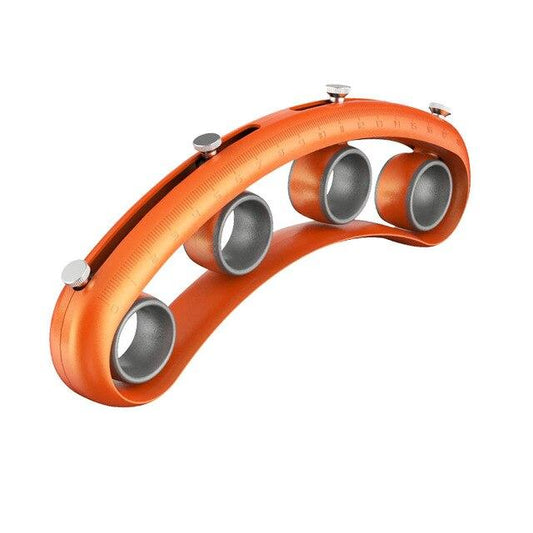LOS ANGELES, CALIFORNIA – Renowned guitarist Paul Gilbert explained in a recent interview with Guitar World why a 21-fret guitar can actually produce a higher pitched sound than a 24-fret model. It challenges the common notion that more is always one fret bigger. .
According to Gilbert, the reason for this misunderstanding is a misunderstanding of the physics of guitar strings. He explains that when you tie a guitar string, a knot is formed at the fret-hi point, the point of zero amplitude or vibration. As a result, the distance between the frets and bridge affects the frequency of the sound produced.

On a 21st fret guitar, the greater the distance between the 21st fret and the bridge, the higher the frequency and the higher the tone. Conversely, a 24-fret guitar has a shorter distance from the 24th fret to the bridge, making it harder to produce high notes.
Gilbert also points out that the extra frets on a 24-fret guitar can actually make it harder to play high notes due to the tighter spacing between frets. He argues that the extra frets are only useful in rare cases where the musician needs to play very high notes, which is uncommon in most musical genres.
Many guitarists and enthusiasts have taken to social media to share their thoughts on Gilbert's findings, with some expressing surprise at the findings. Gilbert's explanation sparked a lively debate about the merits of 21-fret vs. 24-fret guitars and the importance of understanding the science behind the physics of guitar strings. An interview with Paul Gilbert reminds us that the art of playing the guitar is not only about technique and style, but also about understanding the mechanics behind the instrument. Aspiring guitarists can benefit from learning about the physics of guitar strings and experimenting with different types of guitars to achieve their desired sound.





















